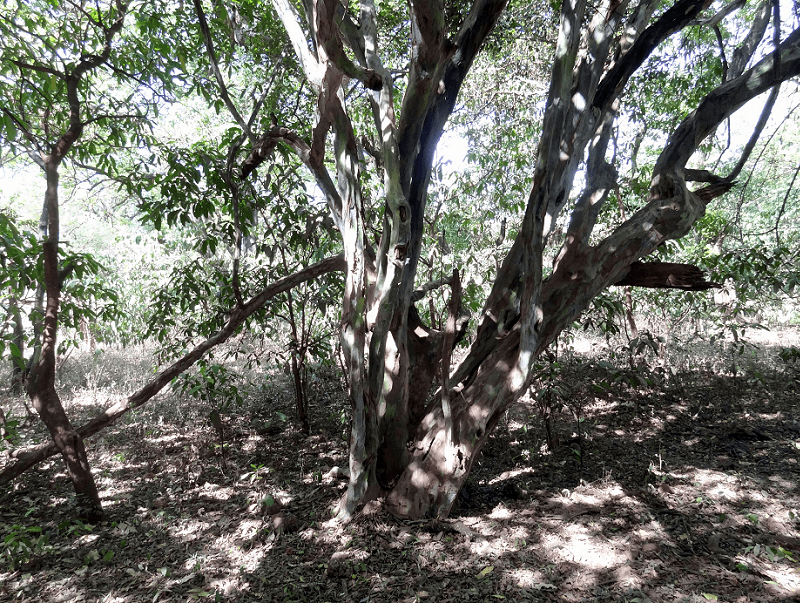African Blackwood Facts
- The African Blackwood constitutes a flowering tree in the family Fabaceae. The IUCN currently lists this species as Near Threatened.
- The rather interesting tree forms a rather economically important timber species within its native range. Its unique wood primarily gets used in the construction of musical instruments and high-quality furniture.
- The unique nature of the wood also created a great demand in the commercial market. This inevitably led to overharvesting, unfortunately.
- Overharvesting, habitat loss, and climate change also appear to represent the greatest threats to its continuation.
Related Articles
African Blackwood Physical Description
The rather Impressive African Blackwood represents a small tree species that rarely attains a height in excess of 49 ft (15 m). The trunks and limbs also both tend to be quite gnarly.
The bark also has a principally gray color, and the leaves grow rather large and deciduous in nature. The flowers also stay white and grow in large clusters. In addition, the fruit forms in pods, and commonly contains 1-2 seeds each.
Between the bark and inner wood, lies a thin layer of sapwood, which generally has a pale yellow color. The wood itself typically remains pure black, with few visible grains. Rarely, it can sometimes seem dark red as well.
- Kingdom: Plantae
- Phylum: Angiosperms
- Class: Eudicots
- Order: Fabales
- Family: Fabaceae
- Genus: Dalbergia
- Species: D. melanoxylon
African Blackwood Distribution, Habitat, and Ecology
The rather unique African Blackwood appears to be endemic to the seasonally dry regions of Africa with an exact range extending from Senegal to Eritrea and South Africa.
Within its native range, it also grows in a rather wide variety of habitat types. The majority of its population, however, grows in the Miombo woodlands that cover the majority of Tanzania.
The wood remains prized for its unique properties, mainly its dark color. Yet the wood also possesses a natural water repellent property.
The African Blackwood evolved as a slow-growing species, typically requiring at least 60 years to reach maturity.
Species Sharing Its Range
Check out our other articles on 5 Mesmerizing Marvels of Italy, European Honey Buzzard, Laguna Verde, Tree Kangaroo, Atlantic White-Spotted Octopus, Shoebill, Blue-lipped sea krait

